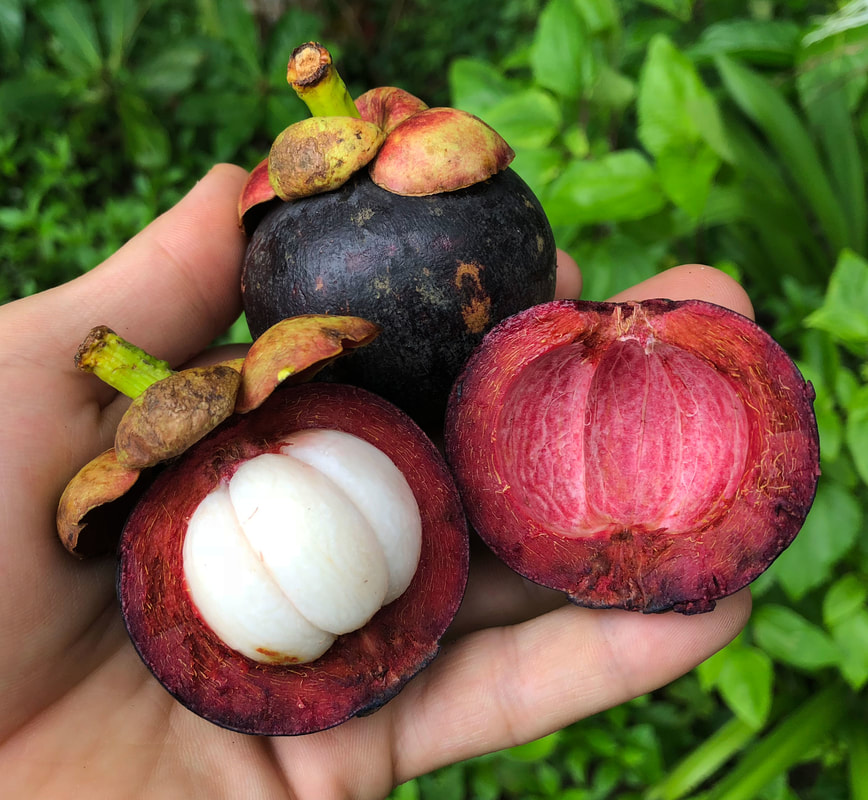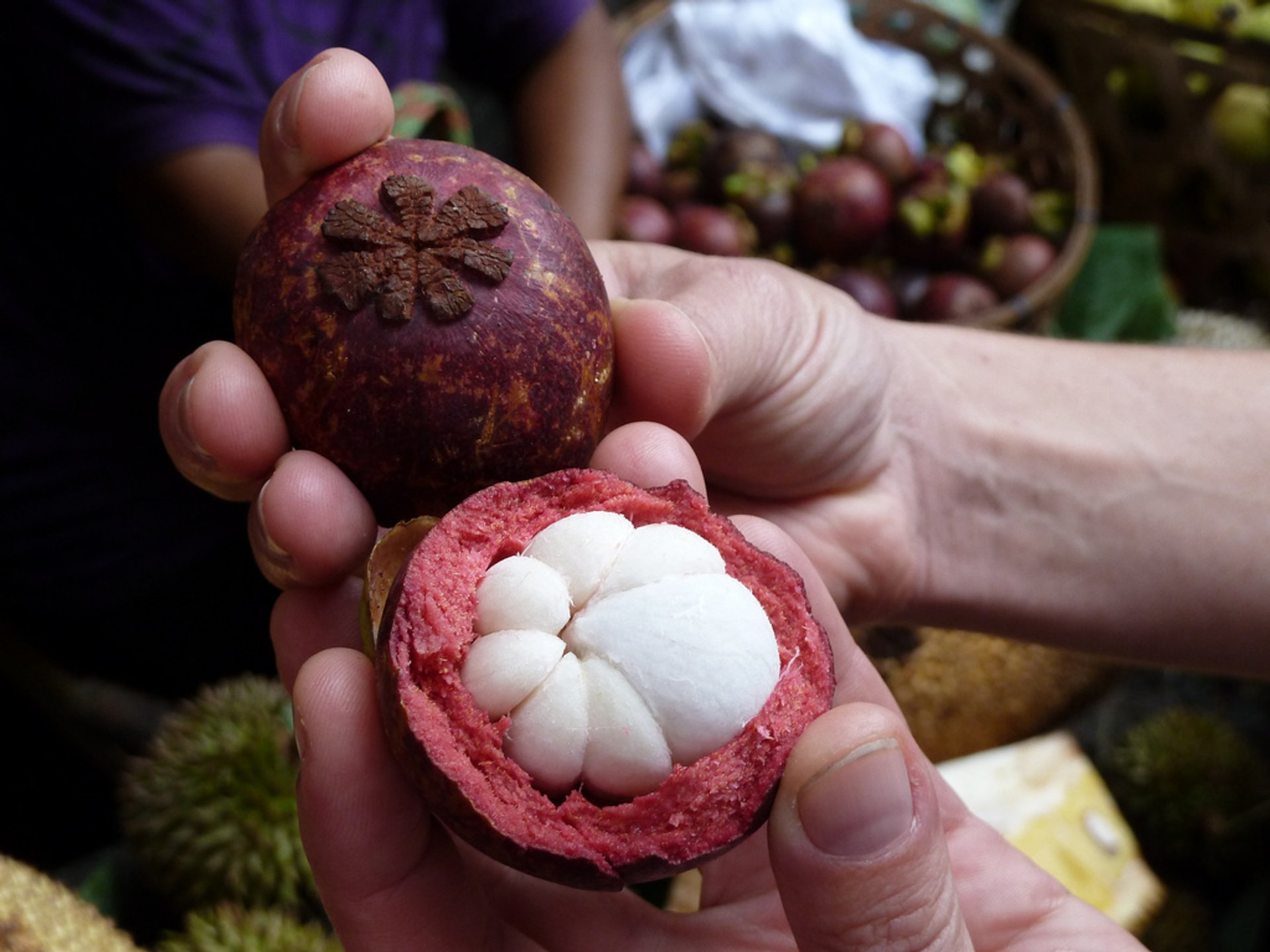
Among the xanthones, α-Mangostin is the most abundant and is also one of the most studied xanthones due to its potential therapeutic properties.ĭue to the increasing incidence of cancer, there has been a growing interest in the management of the disease through dietary chemoprevention, which is the use of naturally occurring phytochemicals to slow down the process of carcinogenesis. A wide variety of pharmacological activities have been associated with the fruit and more specifically the individual xanthones therein have been shown to target multiple signaling pathways. To date, more than 60 different xanthones have been isolated from the mangosteen pericarp, bark, and roots including α-Mangostin, γ-Mangostin, gartanin, 8-deoxygartanin, and 9-hydroxycalabaxanthone ( Obolskiy et al., 2009). Xanthones can be classified into several groups including simple oxygenated xanthones, prenylated xanthones, xanthone glycosides, and xanthonolignoids based on these substituents. The chemical structure of a xanthone consists of a three ring system which contains several different functional groups including isoprene, methoxy, and phenyl groups as well as aromatic protons, phenolic hydroxyl groups, hydroxyl protons, and dihydrofuran rings ( Shan et al., 2011). The diverse structure and chemical properties of xanthones have been reported to have a variety of health promoting properties including anti-inflammatory, anti-oxidant, and anti-cancer activity. Recently, the mangosteen has been noted to be an abundant source of a class of polyphenols known as xanthones. Dietary Xanthones, a Source of Polyphenols from the Mangosteen Fruit The fruit has been used for several hundred years in Southeast Asia for the treatment of wounds, inflammation, and a variety of infections ( Chin and Kinghorn, 2008). The exocarp of the fruit is deep purple in color with a white pulp and typically contains 6–8 arils ( Chin and Kinghorn, 2008). The mangosteen tree is a slow growing plant which ranges from 6 to 25 m in height and produces flowers that are red and green in color and are roughly 4–5 cm in size ( Obolskiy et al., 2009). The mangosteen ( Garcinia mangostana) is a tropical fruit native to Southeast Asia that has long been noted for its medicinal and health promoting properties ( Obolskiy et al., 2009). Further work is required to understand its potential for health promotion and potential drug discovery for prostate and breast cancer chemoprevention.

Based on the reported findings there is clear evidence that these polyphenols target multiple signaling pathways involved in cell cycle modulation and apoptosis. So far, extracts and individual xanthones have been found to induce apoptosis and inhibit proliferation on cancer cells in vitro and in vivo.

Herein we describe the anti-cancer activity and mechanisms of mangosteen polyphenolic xanthones including α-Mangostin against breast cancer and prostate cancer. This fruit is an abundant source of xanthones, a class of polyphenolic compounds with a distinctive tricyclic aromatic ring system and is largely responsible for its biological activities including anti-cancer activity. The mangosteen ( Garcinia mangostana) is a tropical fruit native to Southeast Asia and has long been reported to contain multiple health promoting properties.

2Carcinogenesis and Chemoprevention Research Program, University of Illinois Cancer Center, Chicago, IL, USA.1Department of Pharmacy Practice, College of Pharmacy, University of Illinois at Chicago, Chicago, IL, USA.Gongbo Li 1, Stacey Thomas 1 and Jeremy J.


 0 kommentar(er)
0 kommentar(er)
